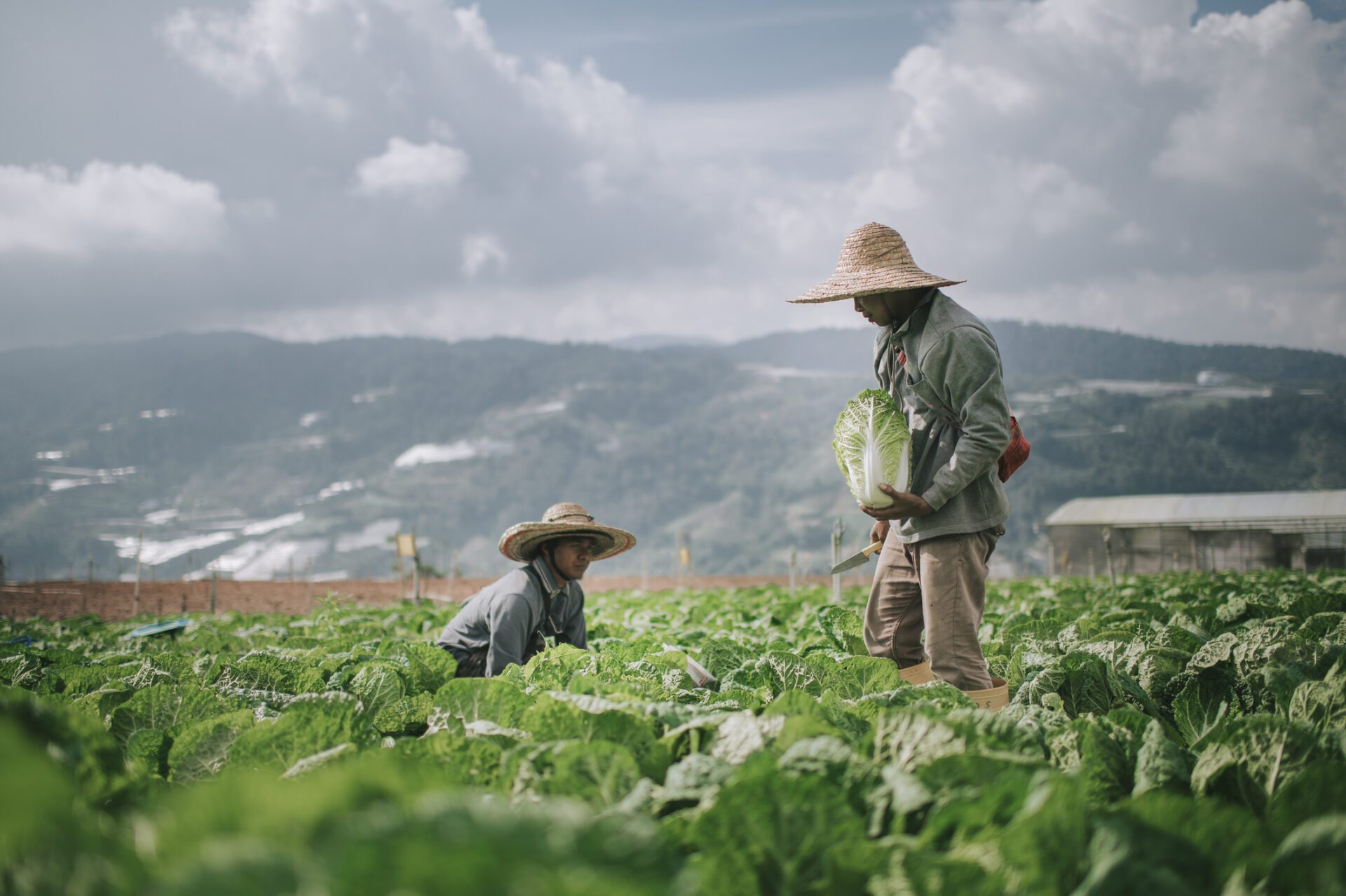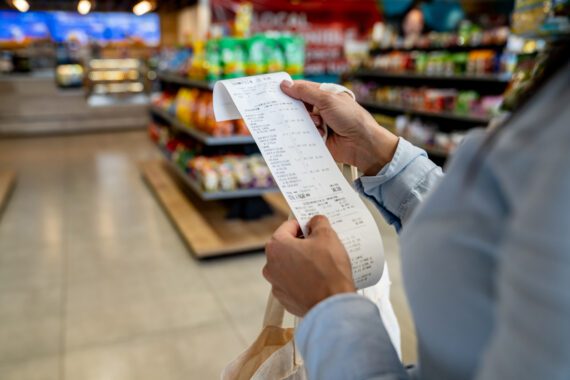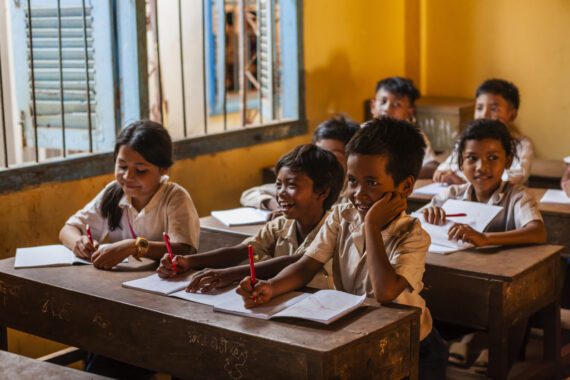Bread for the World has long recognized the urgency of the climate crisis and its devastating impact on hunger. Extreme weather patterns and climate shocks such as changing weather patterns and natural disasters not only destroy crops and limit the kinds of foods that can be grown in certain areas, but also disrupt any food security that millions of families may have built. Climate change solutions are essential components of a successful effort to build food security and good nutrition for all.
Industrialized countries and the wider global community now generally recognize that the countries and communities that have contributed the least to climate change are suffering the worst impacts. Families in the least industrialized countries, particularly lower-income families, have limited options to protect themselves from climate impacts and recover from shocks. For example, if a flood destroys the crops of a smallholder farmer in a rural area, she might not have savings to fall back on. She has suddenly lost an entire year’s income; how will she feed her family?
Many countries vulnerable to climate-related crises do not have sufficient resources to spend on programs that help their citizens prepare for, withstand, and recover from climate disasters. More than half of low-income countries are already in debt distress or at high risk of falling into it. This means that they cannot make the required minimum payments on their loans without slashing their budgets in other areas—such as programs that feed people. Ironically, some of these loans were originally intended to support borrower countries in adapting to or slowing climate change. This is why initiatives such as Bread’s new Nourish Our Future campaign emphasize that future assistance for climate adaptation or development must not incur additional debt.
Fifteen years ago, in 2009, world leaders recognized that lower-income countries needed additional resources to adapt to extreme and often worsening climate impacts. They committed to mobilizing $100 billion per year for climate action in lower-income countries. Official analysis from the Organization for Economic Cooperation and Development (OECD) found that donor countries finally met that goal in 2022, providing $115.9 billion in climate finance. However, analysis by organizations such as the ONE Campaign and Oxfam has found that this amount is likely overstated and calls into question the quality of the climate finance provided.
This experience and others make it clear that it is crucial to avoid the mistakes of the past. The next occasion to set a global financing goal to enable lower-income countries to adapt to climate impacts will be in November 2024 at the 29th Conference of Parties to the U.N. Climate Convention (COP29). Leaders there must ensure that the target amount will be made up mainly of grants (rather than low-interest loans), based on needs identified by affected communities, and easy to track. At least 50 percent of the funding must focus on helping countries adapt to the changing climate. Negotiating this target amount, to be called the New Collective Quantified Goal (NCQG), will be a major agenda item at COP29. It has the potential to reduce hunger in ways that are transformational.
Negotiators at COP29 should ensure that the financial goal is based on the comprehensive needs of lower-income countries. Numerous studies have aimed to determine the annual funding level needed. While there may be some differences in methodology, researchers generally agree that at least $1 trillion annually is needed to adequately respond to climate change and its impacts in lower-income countries. Such an amount will require contributions from all available sources, including national, international, and private sectors.
How the funding is made available and how it is spent are both very important. In 2022, nearly 70 percent of public climate finance was in the form of loans—adding to the debt of recipient countries. The NCQG should set an ambitious target for providing grants rather than loans. When loans are made, their terms should be concessional—very low or zero interest rates and extended repayment periods.
The latest data show that only 4 percent of climate finance supports agriculture and food systems, even though these sectors are particularly vulnerable to climate change—and are essential to human life and health. Climate change is making it harder for farmers, especially those farming small plots, to make a living, feed their families, and produce nutritious food for their communities. The NCQG should prioritize enabling farmers to access climate finance. A more significant portion of climate finance must be dedicated to helping farmers adapt to climate change, produce nutritious foods in the face of extreme weather, and safeguard their livelihoods. Ending hunger is possible; the NCQG is one piece of the puzzle that can make a genuine difference.
Jordan Teague Jacobs is senior international policy advisor, Policy and Research Institute, with Bread for the World.



